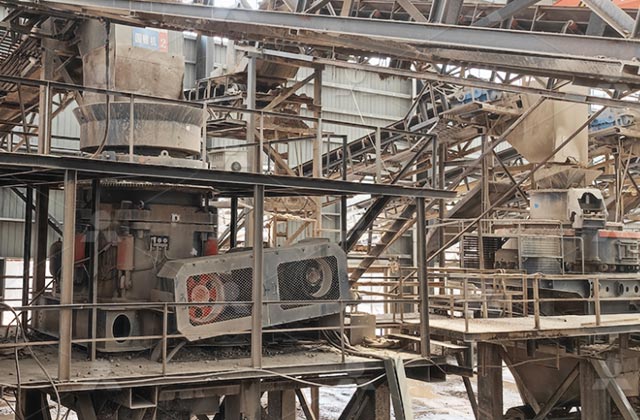Limestone is one of the most commonly used materials in various industries, particularly in construction and cement production. A limestone crushing production line is designed to reduce large limestone materials into smaller, more manageable sizes that can be used in a range of applications. The production process involves several stages, including crushing, screening, and sometimes washing. The key goal is to ensure high efficiency while maintaining product quality, which is why a tailored crushing solution is essential.
The first stage of limestone crushing typically involves primary crushing. Large limestone rocks are fed into a jaw crusher, which reduces them to a more manageable size, often ranging from 100 mm to 200 mm. Jaw crushers are ideal for this stage because they can handle high-throughput and provide uniform, reliable material. The crushed limestone is then conveyed to the secondary crushing stage. Here, it may pass through a cone crusher or an impact crusher, which further reduces the size of the limestone. This stage is crucial for achieving the desired material specifications, such as the right particle size distribution for further processing or end-use.

In addition to crushers, vibrating screens are essential in the limestone crushing process. After the material has been processed by the crushers, it is screened to separate fine particles from larger ones. The vibrating screen ensures that only the desired particle sizes are sent to the next stage, while any oversized material is sent back for additional crushing. The result is a highly sorted product that meets the necessary specifications. Depending on the end product required, the screen can be set to different apertures to control the grading of the final material.
For some limestone production lines, washing systems may also be necessary, especially if the limestone contains excessive clay or dirt. Washing units remove these impurities, ensuring that the final product is of high quality and free from contaminants. This is particularly important in applications like cement production, where impurities can affect the quality of the final product. The washed limestone is then ready for transport or further processing, depending on the specific requirements of the end-users.
The final stage in a limestone crushing production line is the storage and transportation of the finished product. Depending on the scale of the operation, the product can be stored in silos or piles. For larger plants, conveyor systems are used to transport the crushed and screened limestone to various storage points. It is also common to have dedicated systems for loading the material into trucks or ships for delivery to customers. The efficiency of the entire limestone crushing production line is critical to ensuring timely and cost-effective delivery, making proper plant design and equipment selection crucial for success.
